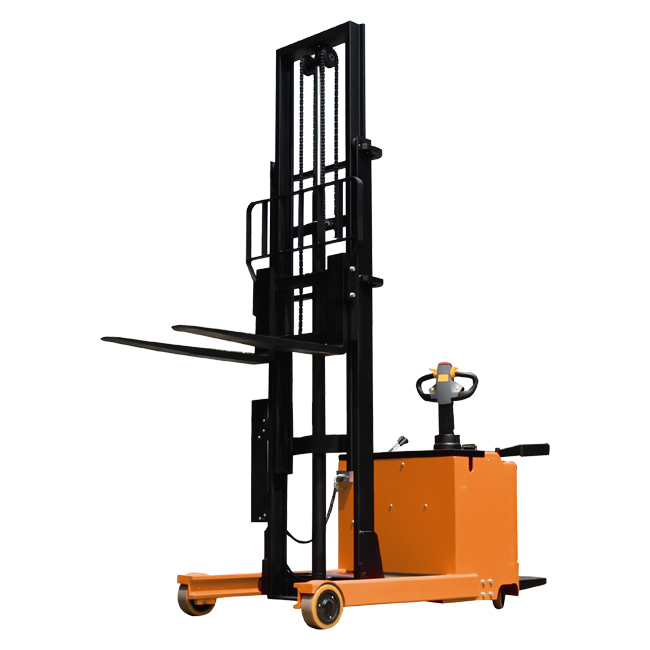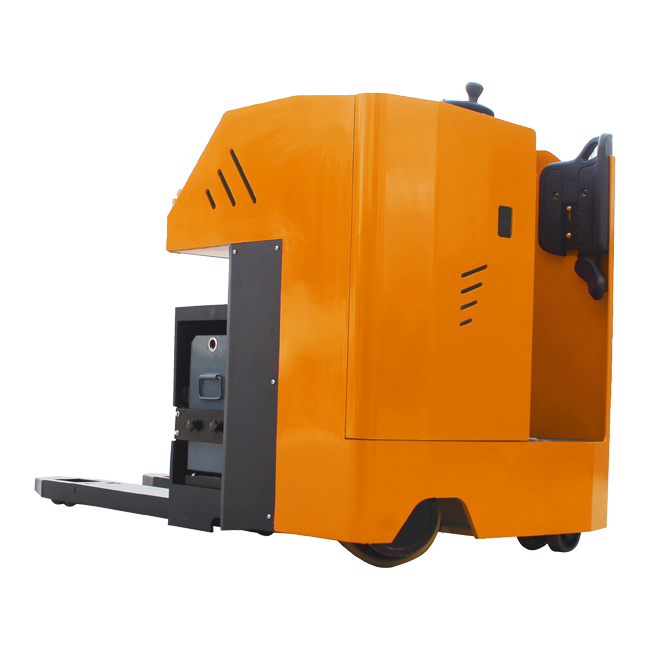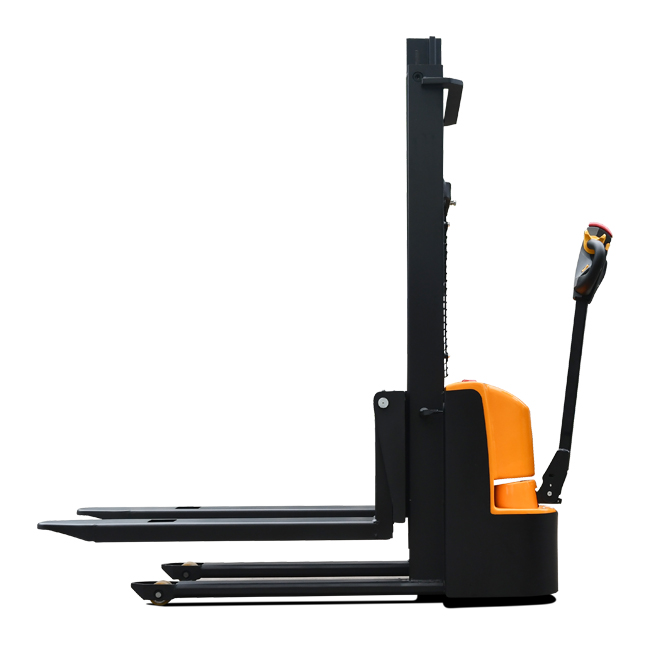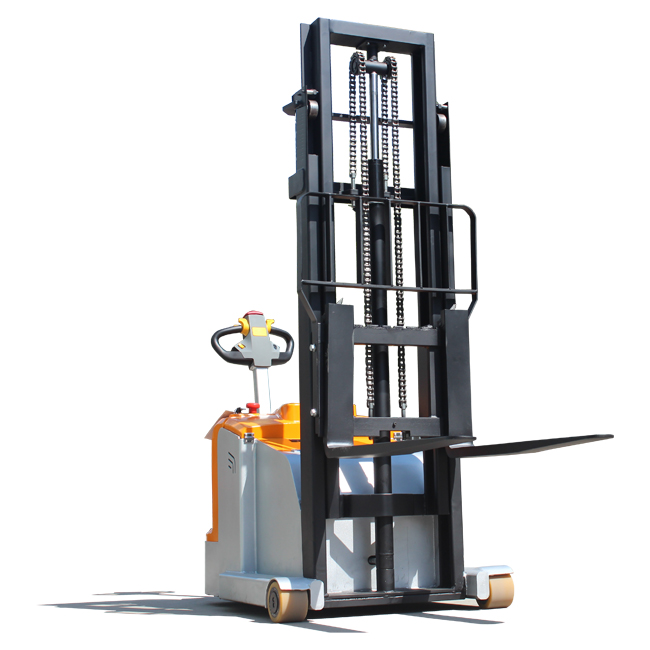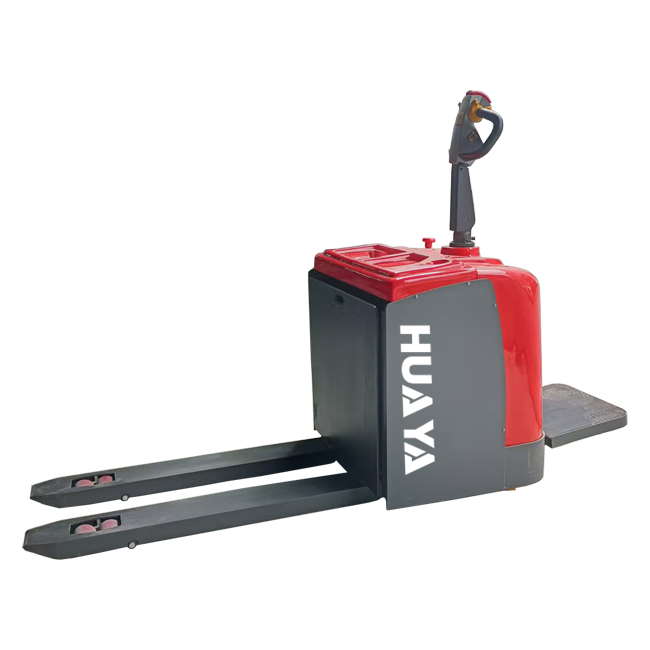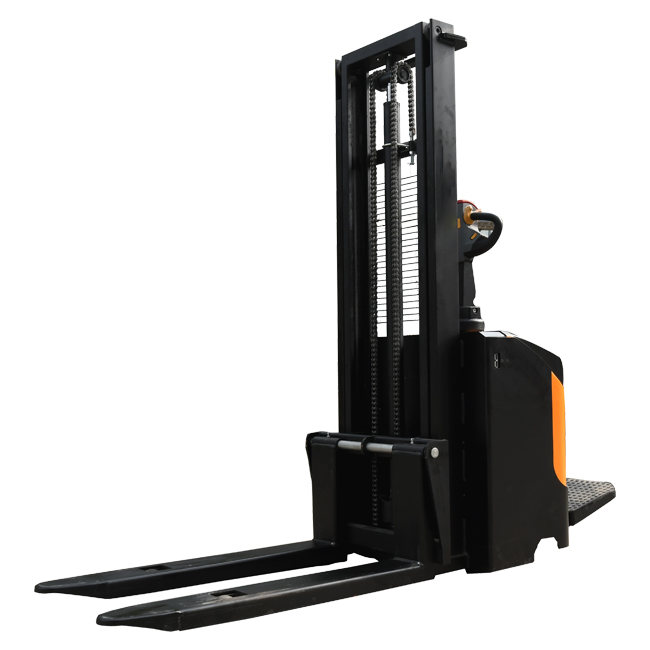What is a Semi Electric Stacker?
15 May 2025
A semi electric stacker is a versatile material handling equipment designed to lift, transport, and stack goods in warehouses, factories, and retail spaces. Combining manual and electric power, it provides enhanced efficiency and ease of use compared to traditional manual stackers. The electric motor assists in lifting heavy loads, while the operator maneuvers the stacker manually for precise control.
Features of a Semi Electric Stacker
Electric Lifting Mechanism
The primary feature is its electrically powered lifting mechanism, enabling operators to lift heavy goods effortlessly.
Compact Design
Ideal for narrow aisles and confined spaces, semi electric stackers boast a space-efficient structure.
Load Capacity
Typically supports loads ranging from 500kg to 2000kg, making it suitable for diverse applications.
Adjustable Forks
Equipped with adjustable forks to handle different pallet sizes with ease.
Safety Features
Includes emergency brakes, overload protection, and ergonomic handles for safe operation.
Benefits of Using a Semi Electric Stacker
Enhanced Productivity
Speeds up loading and stacking tasks, reducing labor effort and saving time.
Cost Efficiency
Operates with minimal energy consumption, lowering operational costs.
User-Friendly Design
Ergonomic controls make it easy to operate, even for workers with limited training.
Durability
Built with high-quality materials to withstand rigorous use in industrial settings.
Improved Safety
Reduces the risk of injury by eliminating manual lifting of heavy loads.
Applications of Semi Electric Stackers
Warehouses: For stacking goods on racks and shelves.
Retail Stores: Efficiently manage inventory storage.
Manufacturing Units: Transport raw materials or finished products.
Logistics Centers: Streamline loading and unloading processes.
Small Businesses: Versatile use in confined spaces with limited resources.
FAQ
What is the difference between a semi electric stacker and a fully electric stacker?
A semi electric stacker combines manual and electric functions, primarily for lifting, while a fully electric stacker automates both lifting and movement.
Can a semi electric stacker handle non-standard pallets?
Yes, most models have adjustable forks, making them compatible with various pallet sizes.
How do you maintain a semi electric stacker?
Regularly inspect components, check battery levels, lubricate moving parts, and follow the manufacturer’s maintenance guidelines.
Is training required to operate a semi electric stacker?
Basic training is recommended to ensure safe and efficient operation.
What industries benefit most from semi electric stackers?
Industries like warehousing, manufacturing, retail, and logistics find these stackers invaluable for material handling tasks.
Semi electric stackers are an excellent investment for businesses seeking efficient and cost-effective material handling solutions. With their user-friendly design, robust safety features, and versatility, these stackers enhance productivity while minimizing labor costs and risks. Whether you’re operating a small warehouse or a large logistics hub, a semi electric stacker is a practical tool that adapts to various material handling needs.
